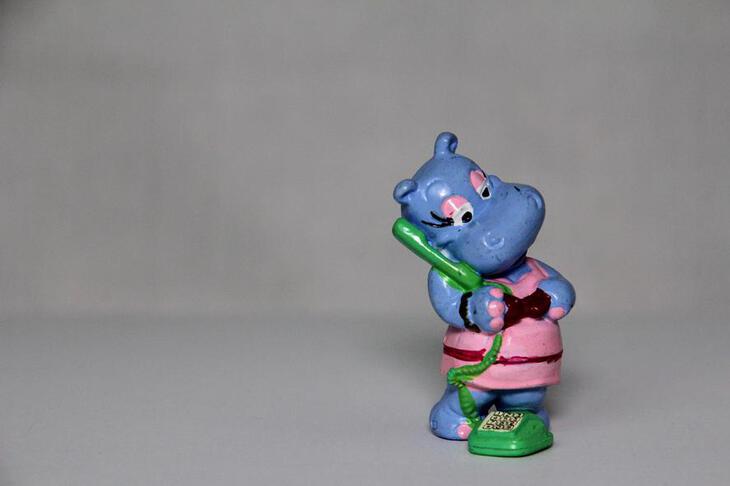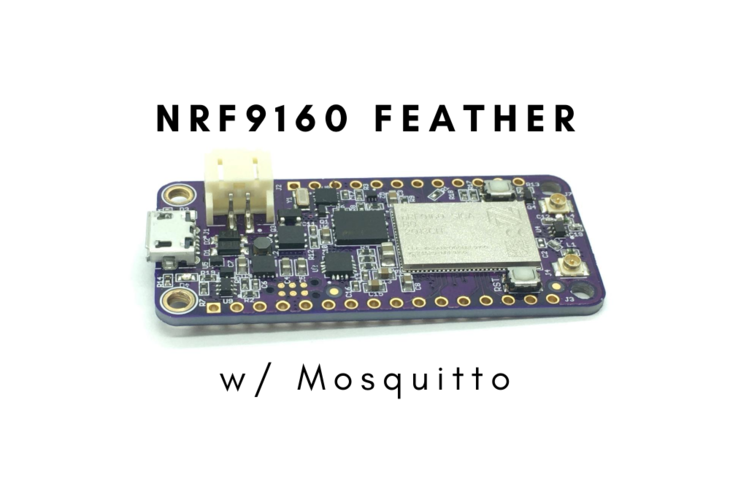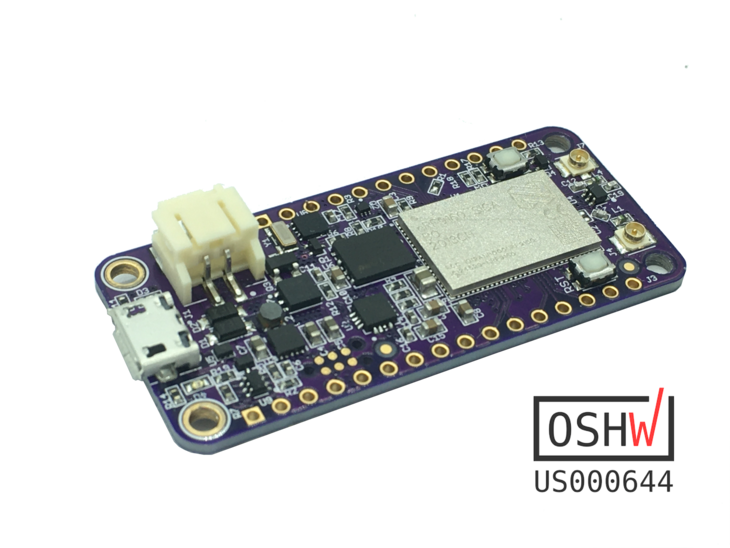It’s stressful to be on the front lines of a pre-production effort. It’s even more stressful when you are the only person that is responsible for the majority of the design, component selection and procurement.
In this post, I’m going to dive in some of the ways you can leverage distribution partners and your factory to manage your bill of materials for you. That way you can stay ahead of the game and focus on what really matters.
Without a solid product you may as well pack up and go home. So, let’s walk through the wild world of component sourcing together and see what can be done to thwart Murphy .
Organize your Supply Chain
There are a few ways to organize your supply chain. In this section, I describe each option and the pluses and minuses of each. Take this information as my personal experience and not a definitive law of how things should work. Some factories do an amazing job at sourcing components while others don’t even know which distributors to buy from. Treat every opportunity with cautious optimism and conform, before you sign a contract, that the factory or distributor can truly perform as they boast to.
Consignment
Consignment is the process in which a vendor (in our case, a factory) will take all the information that is needed to build a product, go out and buy all the necessary pieces. This can range anywhere from printed circuit boards to screws that hold in said printed circuit boards and to plastic enclosures.
This benefit of this is they take the responsibility for what someone in a full time role would do and do the work for you. That way, you can leverage your own time working on only the most important things to get your product into your customer’s hands.
Unfortunately, one of the main downsides to this is cost. Typically, a factory will charge a certain percentage of how much the components are worth. So if your components are worth $100 they will charge you 10% on top of the component costs. This percentage usually can be negotiated with the factory upfront.
Is this ‘$10’ worth it? In the case of an early company, and in my humble opinion, ~yes~.
If you are a hardware startup trying to launch your first product I highly recommend this route. This is important because sourcing will distract you from more important things like getting the bugs out of the product and your assembly line.
Generally, factories provide some type of financing to assist you in purchasing components. Similar to distributors (as you’ll see in the next section), factories will pre-purchase with little monetary risk to your startup company until products are shipped out the door. This is useful for when fundraising is underway or when you want to play some accounting tricks due to the delay in final revenue from retail sales.

Partnering with a distributor
Distributors exist because they take the burden off their end customers who usually are either factories or product companies. For instance, they often purchase large amounts of commonly used parts and keep them in their warehouses for customers to buy.
Another useful thing that distributors like Avnet , Symmetry Electronics , Digikey and the like do is offset risk in your production by purchasing components that are normally not available. This is an extra benefit when said components are speciality or just not normally stocked.
The aforementioned concept is important. I have personally consigned important components from manufacturers directly and it often requires full cash payment 8-14 weeks ahead of when you want the components in hand. That cash stays in your pocket an extra 8-14 weeks which can be used for many other aspects of pre-production!
As you can tell, it’s a plus for a distributor to pre-purchase all the major components you have for production. If they do this, they take the risk by paying the component manufacturers until you are ready to do so yourself.
The only drawback? They often require you to show them that you are financially fit to purchase those parts later on. In other words, confirm that you can walk the talk. This is often frustrating and requires you to open up your finances to these companies. As a warning, if you do not have enough sufficient capital in the bank, unlikely you will get financial assistance from these companies.
Distributors will either charge overhead on the contract price or, which is the more popular option, try to get as much business from you as possible. It’s a common practice for distributor sales people to ask for bill of materials for your whole project. They (sneakily) want to know what you’re designing in but they also want to know what the potential upsides of keeping you as a client are.
Doing it yourself
Alternatively, you can do the sourcing yourself. This often requires a serious devotion of time to ensure all the pertinent parts are ordered for production. As a design engineer, I could never coordinate and purchase all the parts for a production product while, at the same time, develop said product.
But, if you do have the resources (people and time), this can often prove to be more convenient because you will know exactly when everything is ordered and not encounter any surprises when it comes time to start producing product for production. The last thing you want to find out is that your 8 week lead time batteries have yet to be ordered on the day production pilot is supposed to start. (This happens more than you think…..)
When I worked at Apple, they had a whole army of people who focused on a certain group of components (like cameras) and others who are responsible for passive components, etc. When I couldn’t find a component they were the ones making calls to see where we could find said components. Looking back, I really wished I had someone like that at my startup…
As an aside, there is a cornucopia of tools that have come out in the last few years which have been immensely helpful by keeping an eye on your bill of materials pricing. Octopart is my current go-to website to determine approximately how much a circuit board may cost at production volumes.

When things go wrong.
Sometimes things go wrong when ordering parts. It’s almost inevitable with any project that you will run into problems purchasing or getting parts on time. In this next section, I outline a few tricks of the trade that will help immensely.
Getting in Touch with Company Representatives
Let’s say that you’re ordering something from Avnet and find out that the parts have an absurd lead time or the price is much higher than you expected. In this case, reaching out to the company’s inside sales team may be the best bet.
A simple email request may look something like this:
Hey Bob,
It was great to see you last week at our office. Our factory has reviewed the lead times from the distributor and have found that some of your components have a lead time of over 10 weeks. Is this truly the case? Can we work together on bringing in the lead time or possible getting a smaller quantity earlier?
I have copied our factory on this message so you guys can coordinate the details.
Thanks for the help, Jared
This way your factory, who is consigning your parts, knows that you started a dialogue with the manufacturer and so they can coordinate without your intervention. Sometimes these situations require a more direct phone call to convey urgency.
I also believe that requesting a partial delivery is an underused tactic that could be employed more often. I have suggested this several times and it has always worked out in my favor. Usually in these cases though, vendors will reallocate their stores and fulfill your whole order instead of on a partial basis.

Get in Touch with Regional Sales Reps
Similarly you can contact a chip manufacturer’s outside sales representatives if things are going off the rails. As companies may not always have direct sales representatives, they often contract out to and share profits with sales companies over the globe to push their components to system integrators.
Regional representatives are a secret weapon to getting better prices and better attention when it comes to purchasing the products down the road. Personally, I had a horrible time getting in touch with the actual sales engineers at Atmel but everything ended up going much more smoothly once I discovered the outside sales team devoted to the San Francisco Bay Area.
Normally, when you design from a source like Digikey, you don’t always get the best pricing especially at low volumes. If issues do crop up with your production consignment process, similarly reaching out to these sales representatives will save your greying hair.
Don’t forget to be proactive
In both of the cases above, it’s important to be proactive and tend to these relationships. As a design engineer, this may make you cringe. Personally, in the past I would defer in-person meetings and get frustrated when they occurred. Let me tell you a secret about these situations..
What does a few 30 minute meetings mean when, later down the line, your production is off the rails because you’re having issues sourcing components. Who are you going to call on when things go to shit?
Though you may not even realize it now, these people are your partners on the front line. Why would they pull a in a favor for you when you’re a cranky engineer who doesn’t give a crap about them? Talk about shooting yourself in the foot!
Recently, one of the suppliers who I had worked with described to me his visit to a very prominent San Francisco Bay Area company. He had described that he had arrived to chat with one of the engineers only to be greeted by a disheveled and unprofessional systems engineer. While my supplier attempted to make his presentation, the potential client decided it was more important to put his feet up on the table and eat his cereal breakfast. Let’s just say the meeting didn’t last much longer after that!
Conclusion
These partners may take more money out of your pockets, but can save you days and weeks worth of headaches, especially when you don’t have the resources to do things on your own! Some of the scrappiest hardware companies i’ve seen have leveraged other people, vendors and factories as much as possible. These scrappy engineers know that their focus should be on product not on the fringes of product design.
Remember, especially at a startup, you often have more to lose than the factory or the distributor that is thinking about working with you. They can easily pull the plug in your dingy leaving you no choice to paddle faster for the nearest shore.
Last Modified: 2020.3.7



